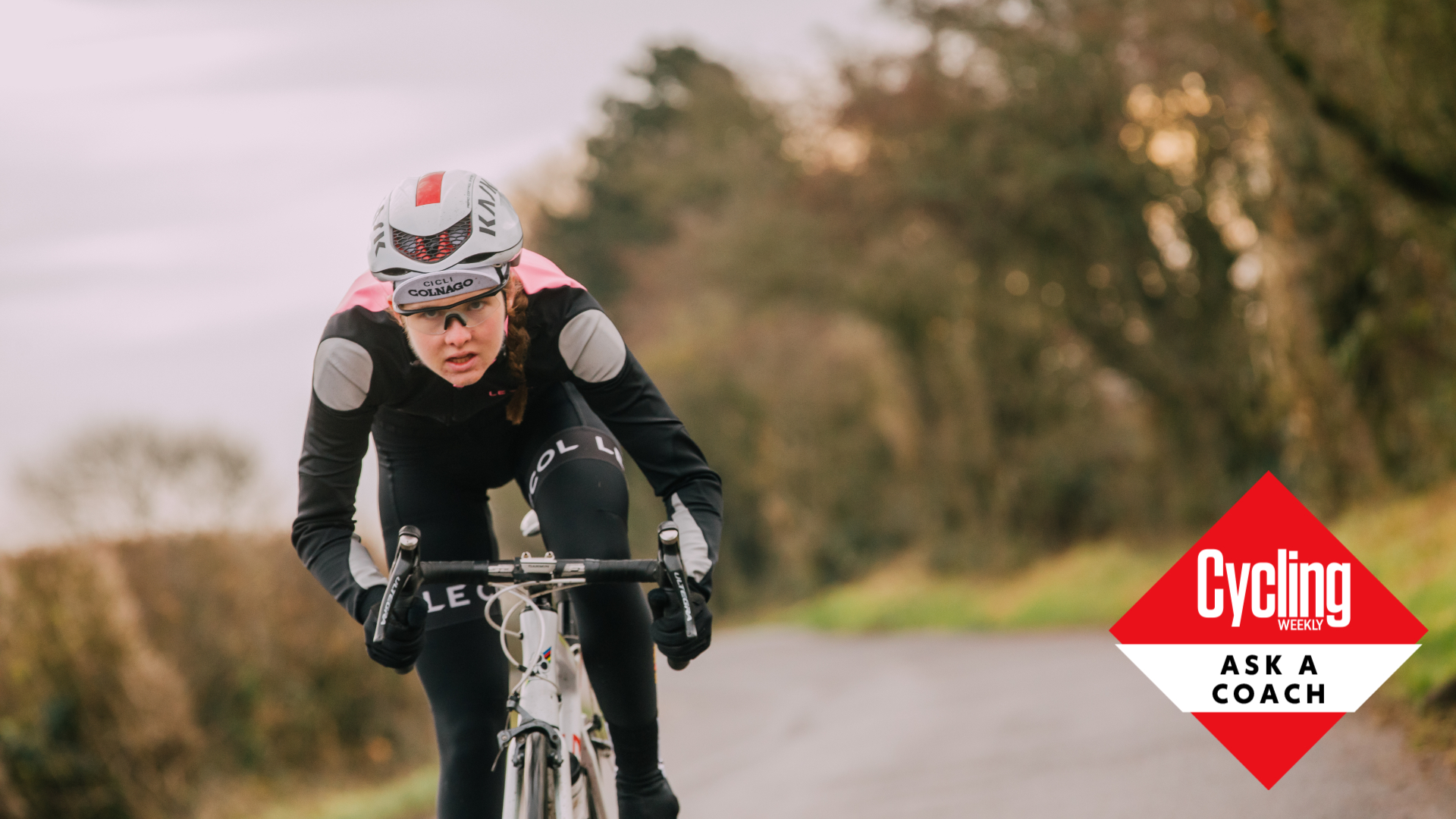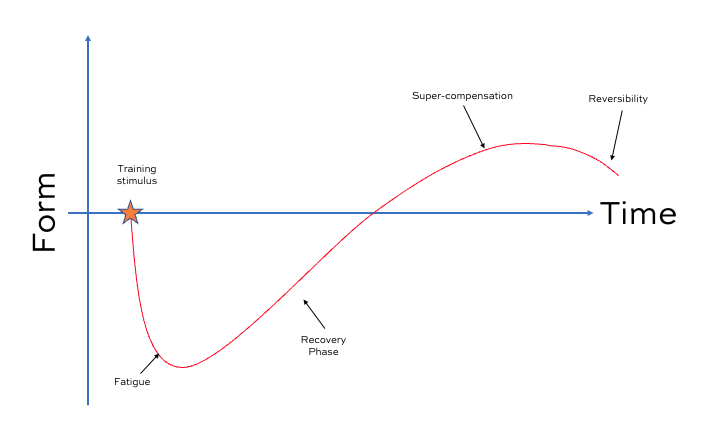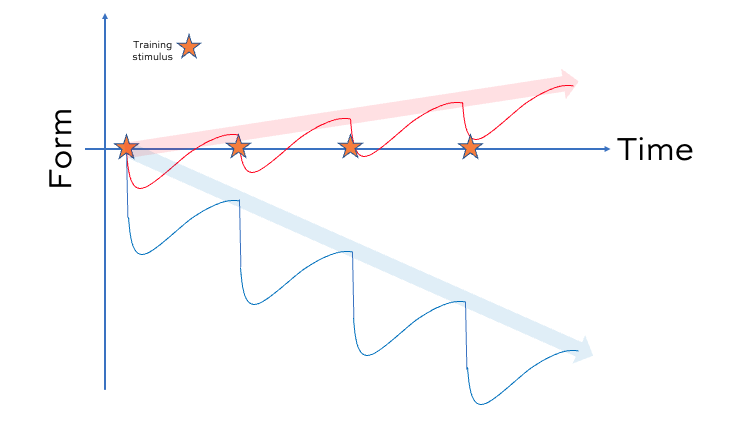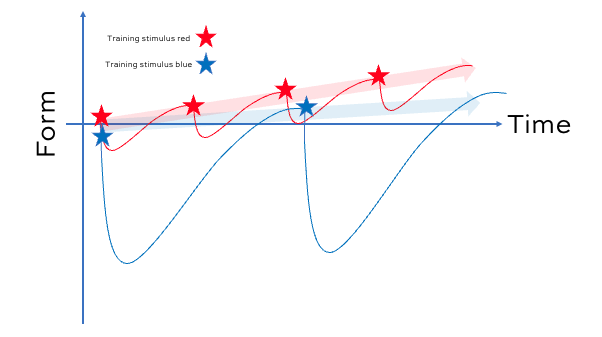Ask a coach : ‘Why doesn’t riding to exhaustion in every bike ride bring the greatest fitness gains?’
Riding hard is a lot of effort, and it’s not even the best spent effort. Here’s why you really shouldn’t just go full-blast all the time


We all want to maximise the gains we get from each training session. On the face of it, it makes some logical sense to ride as hard as we possibly can in each session, maximise the amount of training stress and hope for maximal adaptation.
Well, while anyone that has tried this approach will likely advise you against it; James Spragg is here to explain why it isn’t the best approach to take.

Sports scientist and coach James Spragg is one of the experts who will be answering your questions in Cycling Weekly's ASK A CYCLING COACH series which comes out every Wednesday. Working both in research and applied settings, he currently runs Intercept Performance Consultancy.
Let’s take a look at what happens when we exercise…
Whenever we exercise, we give our bodies a stimulus to adapt to. There are numerous ways in which this adaption manifests itself; from the growth of new capillaries to glycogen replenishment through to an increased number of mitochondria in the muscles and more red blood cells to carry oxygen. Which adaptations occur is dependent on the intensity and duration of exercise and the level of fitness you already have.
However, despite the adaptations themselves being a complex phenomenon, how we experience them is relatively simple.
As we exercise, we become fatigued. We are therefore no longer capable of the same level of performance as we were before we started exercising. We experience a drop in form.
Our bodies then respond to this fatigue by recovering effectively after cycling, adapting, and ultimately getting stronger. We call this adaptation super-compensation.
The latest race content, interviews, features, reviews and expert buying guides, direct to your inbox!
Unfortunately, this is one of those ‘use it or lose it’ scenarios and if we then continue to rest our bodies will start to de-train again and we will lose those adaptations. We call this reversibility.

The process of going from a reduction in form, due to fatigue, to an improvement in form, due to super-compensation, follows a relatively consistent pattern. That is because the timeline for any given adaptation to occur within the body is relatively fixed. It simply takes a certain amount of time to produce more red blood cells or build bigger stronger muscles.
Certain adaptations occur relatively quickly (within a few hours) whereas others may take several days.
How we experience this is that our form can bounce back quite quickly, allowing us to exercise multiple days in a row, but we often need a prolonged period of recovery to take full advantage of the super-compensation. Most of us have experienced that boost in form after taking a recovery week. However, unfortunately, most of us have also experienced that loss in form or a fitness plateau if we have not cycled often enough.
A perfect cycling training plan allows the athlete to achieve a little bit of super-compensation after each session and then induces a new stimulus before the process of reversibility kicks in.
What is often forgotten, and is quite important, is that exercising harder in a session does not mean that you will adapt quicker but it can mean you will continue adapting for longer.
Let’s look at two examples; The first is where one athlete (blue) exercises to exhaustion in every session while the other athlete (red) leaves a little in the tank. Here’s how their form charts might look.

Clearly, athlete one in blue is slowly getting more and more tired and is experiencing an overall loss in form. This is because they are experiencing a high level of fatigue and a big drop in form after each session, and then they are not allowing sufficient time to see that all-important super-compensation. The red athlete is timing everything just right and is seeing a small improvement after each session. Overall, this means that their form is trending upwards. Remember, going deeper in a session won’t speed up your recovery.
However you might adapt for longer…
So let’s look at what happens when the blue athlete waits a bit longer and also times it just right…

Here we can see that both athletes are improving. However, in this period, the red athlete has managed to fit in four training sessions whereas the blue athlete has only managed to fit in two training sessions. This is because the blue athlete had to wait longer between sessions to allow for super-compensation to take place. All those little extra bits of adaptation after each session have added up over time and the red athlete has improved more than the blue athlete.
When it comes to training, consistency is the key. Long-term improvements in fitness and form are the product of many small steps in the right direction. Try and take leaps and bounds and you will either not progress as quickly or, worse, end up digging yourself into a hole.
With any cycling training plan, the ‘art’ is inducing just the right amount of fatigue with each session and allowing just enough time to recover afterwards. Both factors will differ from rider to rider. However, with any athlete, of any level, consistent small steps in the right direction will bring about the fastest overall improvement.
James Spragg is a sports scientist and coach, working both in research and applied settings. When not working with athletes James can be found skiing, climbing, cycling or drinking coffee!
Alongside Dan Lorang and Peter Leo, James runs Intercept Performance Consultancy. Over the last 8 years in various roles, as coaches, performance consultants, performance managers, and sports scientists, Dan, James and Peter have played a role in helping athletes achieve more than 10 World Championship titles, several Olympics medals (including a Gold and Silver Medal in Tokyo 2020) and several Top 5 results in some of the biggest sporting events on the planet (Tour de France, Olympics, World and European Championships). Our single focus is on improving performance in all settings.